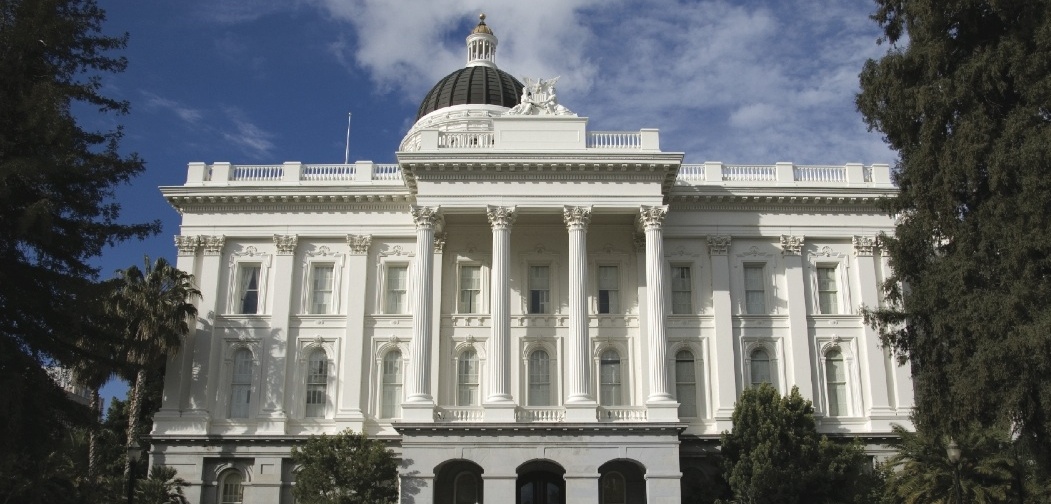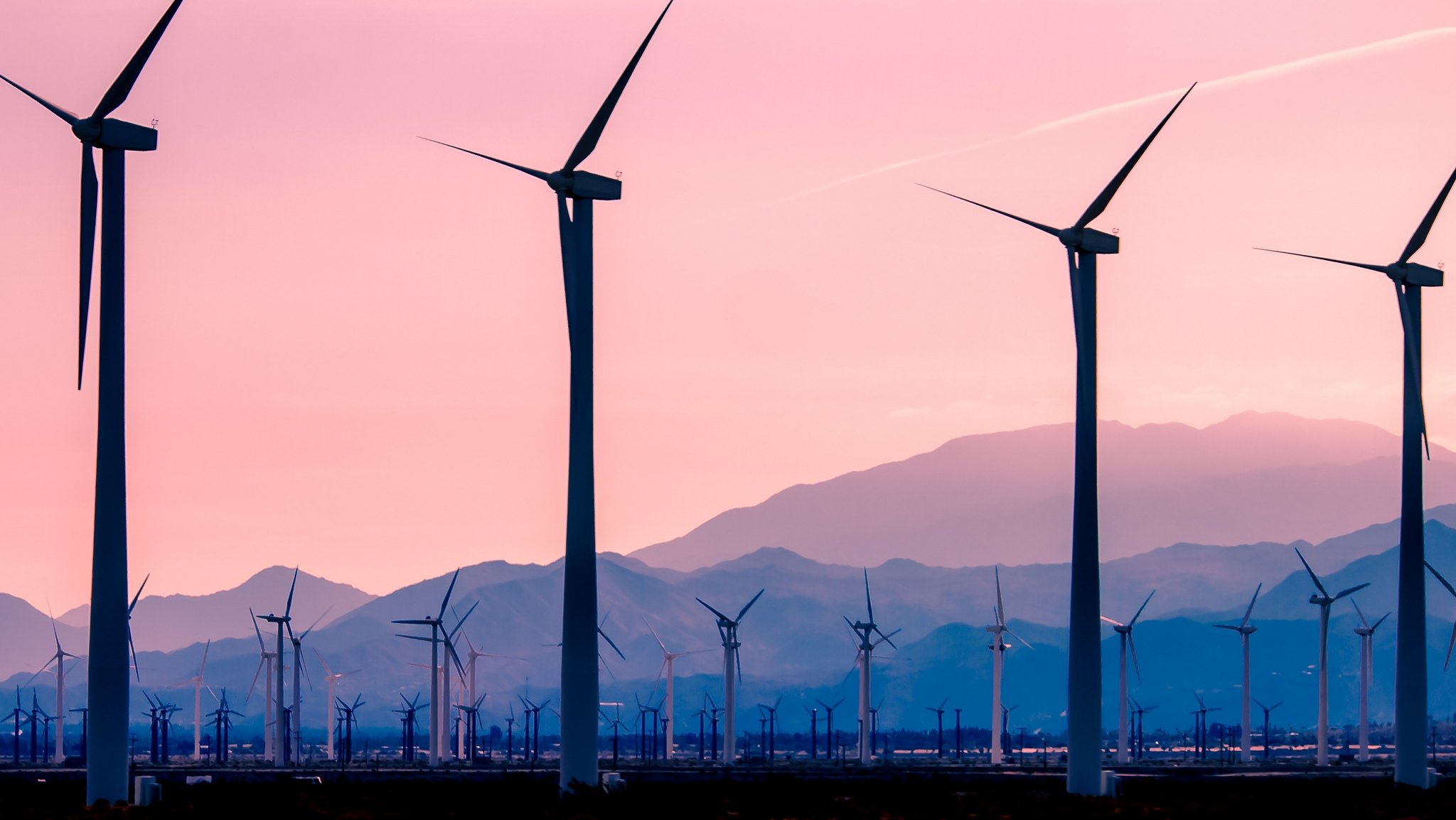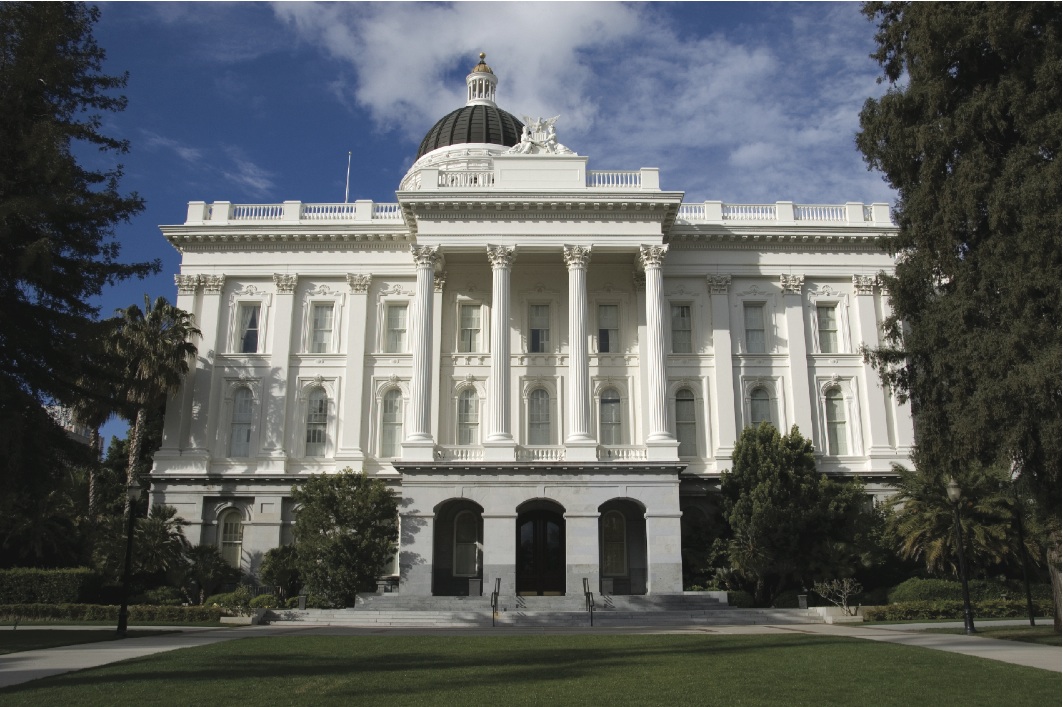
In the early morning hours of Saturday, September 16, the California legislature’s 2017 session came to a close. It was a jam-packed year, full of debate, negotiations, and deal making. The legislature took on a number of big ticket issues this year, including cap and trade, transportation, and housing. While the cap and trade extension was secured in early summer, a host of other measures important to AEE on energy storage, advanced transportation, and PACE financing cleared the legislature at the tail end of session. They were sent to Gov. Brown’s desk, with the expectation that all would gain his signature. That leaves us with much to wrap up about what got done this year – and what remains to be done next year.


 California’s 2014 legislative session has finally come to a close. August was a busy month in Sacramento as the Legislature worked to get bills through both houses in the final stretch, after which Gov. Brown signed them into law during the month of September. In addition to approving several bills and budget items that will improve the business climate for advanced energy companies, the Legislature also faced an attempt to push off a key milestone in the state’s climate plan.
California’s 2014 legislative session has finally come to a close. August was a busy month in Sacramento as the Legislature worked to get bills through both houses in the final stretch, after which Gov. Brown signed them into law during the month of September. In addition to approving several bills and budget items that will improve the business climate for advanced energy companies, the Legislature also faced an attempt to push off a key milestone in the state’s climate plan.